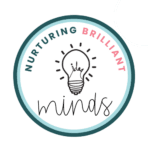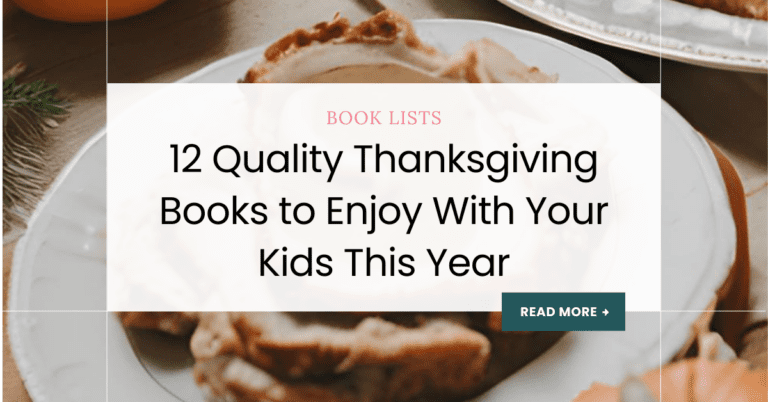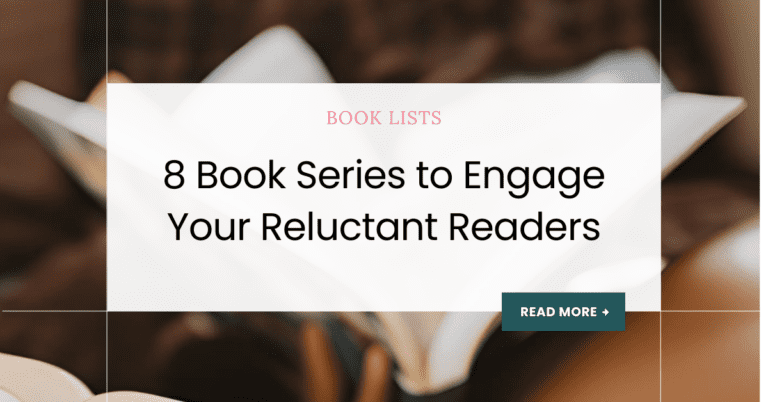Are you considering homeschooling your child but don’t know where to begin? This guide is here to help you navigate all the ins and outs to get started with homeschooling.
True story… I didn’t intend to homeschool! We enrolled my oldest son in our local public school district, but right before the school year began… we pulled him out and knew homeschooling was the path for us.

That was over 4 years ago now and I have grown to LOVE homeschooling my children! So, it’s my hope that this guide can help YOU as you decide what steps to start homeschooling you can take today.
I hope you gain the confidence and knowledge needed to create a personalized education plan that suits your child’s unique needs and interests. Ready to discover the countless benefits of homeschooling for your family? Let’s go!
Table of Contents
Why Choose Homeschooling?
Homeschooling offers numerous advantages that make it an appealing option for many families… my own included!
While I am very supportive of all types of education (and did formerly teach in a public school setting), homeschooling has been the best choice for my own family.
One of the primary benefits of homeschooling is the ability to tailor the curriculum and teaching methods to suit your child’s learning style and pace.
This is great if you, like me, have kids who need either more instruction OR their learning/thinking skills don’t mesh well with a traditional classroom setting (public OR private!)
When you get started with homeschooling, it CAN feel overwhelming, but over time it gets much easier!
The Flexibility of Homeschooling
When you get started with homeschooling, you will be shocked at how FLEXIBLE it is! You have the freedom to create a schedule that works best for your family and you have so many options for learning materials and activities.
Are you a morning person? Great! Do you work a non-traditional schedule? You can make homeschooling work!
This flexibility allows for a more relaxed learning environment, reducing stress and allowing your child to explore their interests and passions at their own pace.
Additionally, homeschooling provides a safe and nurturing environment for your child. They can learn in a comfortable space, free from the distractions and peer pressure that can sometimes hinder learning in a traditional school setting.
Personalized attention is also very important if your child is gifted or advanced. In a traditional classroom, this is referred to as “differentiated instruction.”
Homeschooling naturally lends itself to differentiation. Children don’t need to work slowly to keep pace with peers — they are free to move ahead at THEIR pace!
Legal Requirements and Regulations To Know When You Get Started With Homeschooling
Before you get started with homeschooling, it’s crucial to understand the legal requirements and regulations in your state.
For the purposes of this article, I am only referring to homeschooling within the United States. Homeschooling in other countries is outside my scope of expertise.
Within the United States, specific laws regarding how to get started with homeschooling will vary. Some states have no requirements at all. Others have annual paperwork filing requirements, along with educational requirements of the homeschool educator.
It is absolutely essential to read, know, and follow the applicable laws in your state.
I highly recommend visiting the Homeschool Legal Defense Association to learn more about laws in your state and find what is required to get started with homeschooling where you live.
Remember to stay informed about any changes in the legal requirements for homeschooling, as regulations may be updated periodically.
By understanding and adhering to these regulations, you can ensure a smooth homeschooling experience for your family.
Get Started With Homeschooling Curriculum
One of the most critical decisions you’ll make as a homeschooling parent is selecting the right curriculum for your child.
However, I want to encourage you to not overthink this!
So many parents (myself included!) get caught in “analysis paralysis” when it comes to choosing a curriculum.
The most important part is to consider your child’s learning style, interests, and educational goals.
Some children thrive with a structured curriculum, while others prefer a more flexible and interest-led approach. Take the time to evaluate different curriculum options and determine which one aligns best with your child’s needs.
Consider seeking recommendations from other homeschooling families or joining online communities to gather insights and reviews on different curriculum options.
Remember that no single curriculum is a one-size-fits-all solution, and it may take some trial and error to find the perfect fit for your child.
You may also find that different curriculum options work better for one child, but not another.
That’s ok! As you get started with homeschooling, you will figure out what works best for YOU and your child.
My Personal Homeschool Curriculum Choices
It would be an entire blog post itself to examine all the homeschool curricula available! And, that’s just overwhelming.
So, I am linking the options that I personally use in my homeschool so you get an idea and have a point of reference.

LANGUAGE ARTS
- All About Reading
- All About Spelling
- Evan Moor Grammar
- Writing With Ease + Brave Writer = I am using a mashup of strategies and resources from these two women!
MATH
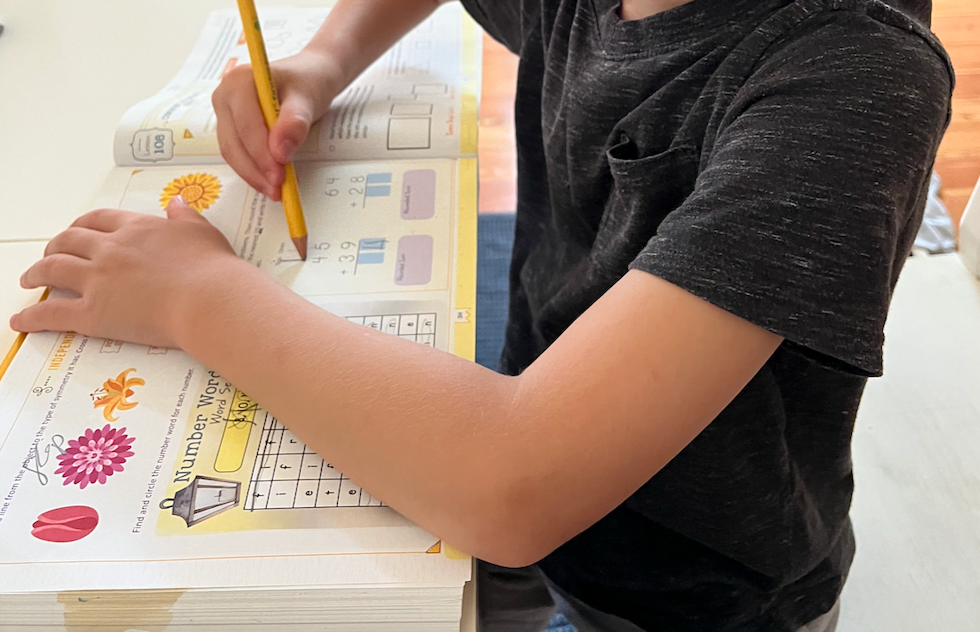
SCIENCE
HISTORY
WEB APPS & SUPPLEMENTAL
IN-PERSON GROUPS & ACTIVITIES
- Jiu Jitsu classes
- AWANA
- LEGO club at our local library
- Homeschool group meetups for bowling, hikes, etc
- Travel
If you want a FREE resource to use alongside your curriculum, enter your email below and I will send you a fun project-based learning activity!
How to Get Started With A Homeschooling Schedule
While homeschooling offers more flexibility than traditional schooling, having a consistent routine helps establish a sense of order and discipline for both you and your child!
Start by figuring out how much time you need per day for homeschooling.
A good rule of thumb is 30-60 minutes per grade level to start. So, a first grader would need 1-2 hours per day, whereas a 5th grader might need 2.5-5 hours to complete their work.
If you have multiple children, some of your homeschool time may be spent as a group doing science, history, read-alouds, etc.
Consider your child’s natural energy levels and focus times when scheduling their day. Some children may be more alert and productive in the morning, while others may be more focused in the afternoon.
Tailor the schedule to align with their optimal learning times, optimizing their ability to absorb and retain information.
Remember that flexibility is one of the advantages of homeschooling, so don’t be afraid to adjust the schedule as needed! It’s totally fine to change or start over as you go! You want to keep it enjoyable for you and for them!
My Personal Homeschool Schedule
Here is my schedule for our 2023-2024 school year. I am working with a 2nd and 3rd grader this year. I plan for our school time to be roughly 3 hours per day, not including extracurriculars like LEGO club or sports.
My preference (and my kids’, too!) is to get ALL work done in one shot. I found if we take a break with the intent to finish work later… it doesn’t happen.
So, here’s how I structure my day:
- 9am = begin school with a writing prompt and/or some read-aloud time. We will often watch a short Bible video as well.
- 9:30am = science + history following our curriculum and watching accompanying YouTube videos. We will also often incorporate time to explore library books we’ve picked up that go with whatever we are studying.
- 10:15(ish) = split up! One child gets to work on their school-related apps & games, while I work 1:1 with the other child to do reading, spelling, math, and individual writing coaching.
- 11:15(ish) = we switch!
- 12:15-12:30 = wrap up school for the day and start lunch
The De-Schooling Process
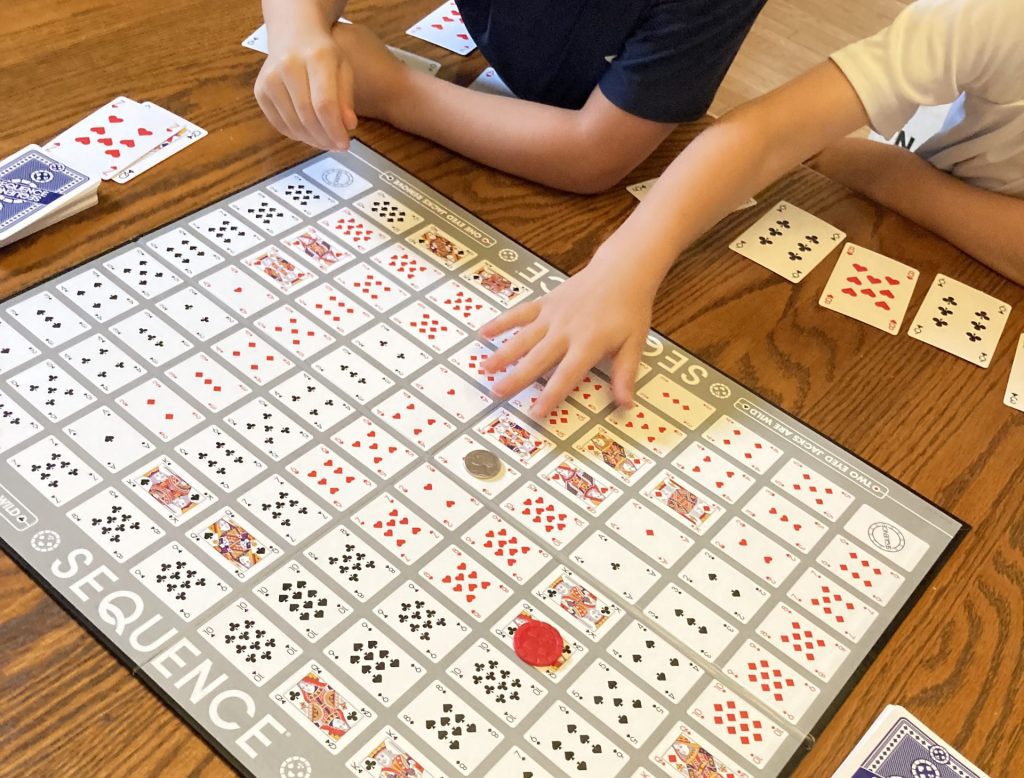
If your child is moving from public school to homeschool OR you were an educator in a traditional classroom, spending time de-schooling is absolutely essential.
De-schooling refers to spending time learning in non-traditional ways. It’s incredibly important to remember that learning occurs beyond seatwork and formal lessons.
Games, documentaries, library experiences, spending hours reading in bed… all of that counts as learning!
You are NOT recreating school at home. While some prefer a more structured approach, you want to avoid being so rigid that it hampers true learning.
Creating a Learning Environment at Home
Creating a conducive learning environment at home is vital when you get started with homeschooling.
While homeschooling allows you to have greater control over the learning environment, it’s important to establish a space that is free from distractions and promotes focus and productivity.
Start by designating a specific area in your home as the dedicated learning space. This can be a separate room, a corner in a common area, or even a portable learning station.
When we started homeschooling, we used our dining room table. Over the years, I have found that I needed a separate space for us. Having our stuff in our common living areas became stressful. So, now we use a dedicated room for our school space.
So, as with ALL homeschool things… you need to do what works for you and your child(ren). And, that might change over time! That’s OK!
Sometimes, that means you need to just go for it. Try it, see what works, see what doesn’t work, and be willing to adapt as you go.
Socialization for Homeschoolers
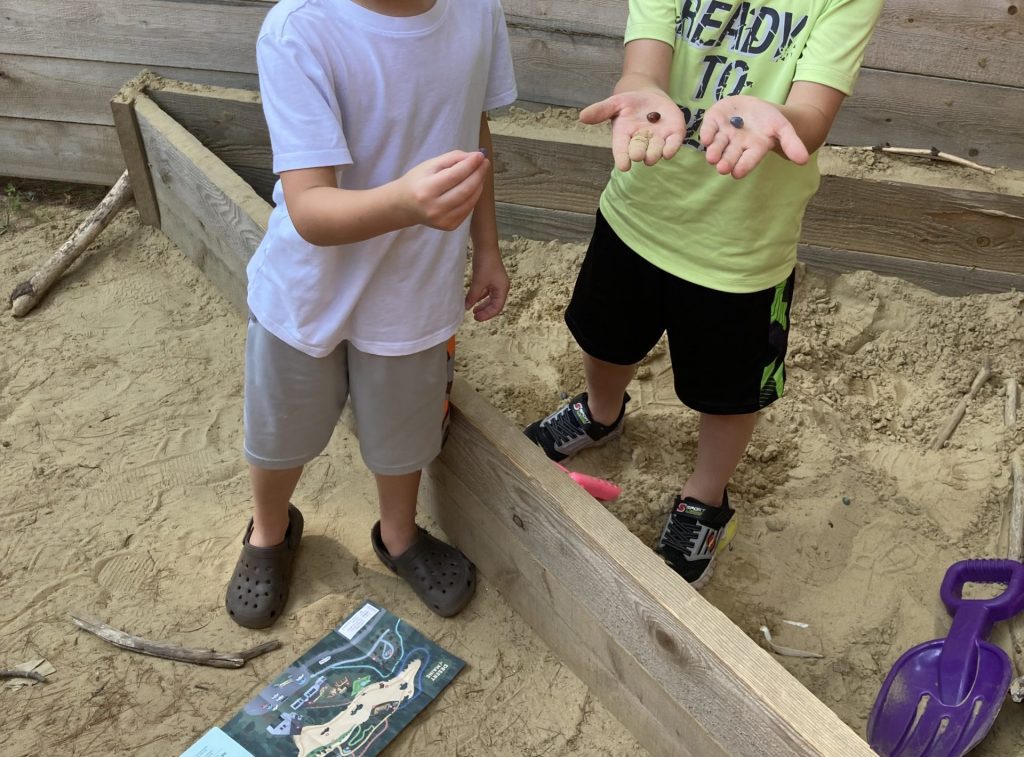
If I had a dollar for every time I heard “bUt WhAt AbOuT sOcIaLiZaTiOn…” I would be able to retire.
Here is the thing: ALL social skills are learned from adults first, then PRACTICED with other children.
Kids don’t really learn true, mature social skills from other children. They PRACTICE what they’ve already learned.
So, yes, you need to give them opportunities to practice those skills. AND, just because a child learns at home does not mean that they will be behind socially.
They need experiences with other mature adults to learn appropriate social skills.
So, in considering ways to expose your child to that, consider ensuring that you join groups or commit to activities where your children have the ability to learn from other mature adults alongside their peers.
Consider the following strategies to foster appropriate social skills in your homeschoolers:
1. Seek out local homeschooling groups or co-ops in your area.
These groups often organize regular meet-ups, field trips, and events. This is a great chance for them (and YOU!) to make friends.
2. Enroll your child in activities.
Local sports teams, clubs, or community programs are great options for participating in group activities. We enrolled our boys in jiu-jitsu classes. They attend the kids’ class twice a week, and they attend an adult class on Saturday mornings. This gives them exposure to more mature adults and they get the benefit of seeing how the adults interact.
3. Encourage volunteerism.
There are so many options for volunteer work or community service projects.
Volunteering provides a fantastic opportunity for you and your family to give back to your local community. It also allows children to interact with people from diverse backgrounds and develop empathy and social awareness.
4. Find your people.
If you are outdoorsy, join a hiking club. Get involved in your local church and programming if you attend. Go to library programming (it’s often free!). Just get out and live life with others!
5. Take advantage of the flexibility!
The world is your oyster as a homeschool family! Want to go to the museum on a Tuedsay? Do it! Want to go to the library for the whole day? Great!
Sometimes you can also find free or reduced admission to places for homeschoolers! Visit museums, zoos, historical sites, or local businesses, and encourage your child to interact with guides, experts, and other visitors.
Homeschooling offers the opportunity for children to develop meaningful relationships with people of different ages and backgrounds.
Plus, it gives YOU as a parent more of an opportunity to expose them to meaningful relationships that you can benefit from as well.
Assessing and Evaluating Homeschooling Progress
Let me put my teacher hat on for a moment and say that YES… assessment and progress monitoring are important to plan when you get started with homeschooling… and beyond!
While we may not need to do state-required testing, assessments are part of life and it’s really important to know if what you are doing is working (or not!).
1. Maintain a portfolio of work.
This can include math, handwriting samples, book lists, field trip lists, etc. Being able to show you actually DID do the work is really important!
2. Embrace standardized testing as a TOOL!
It’s not meant to be diagnostic (all the time) or prescriptive. But, using a nationally normed assessment can give you a LOT of insight into where your child may need additional help. There are MANY standardized tests.
I personally will be using the Measures of Academic Progress test administered by Homeschool Boss this school year. The MAP test was normed much more recently than other testing options. It’s available online and untimed.
3. Give frequent informal assessments.
Perhaps the MOST important, though, is frequent checks on your child’s learning. Discussions, quick quizzes, tests, projects, open-ended questions… it ALL counts.
Remember that assessment should not be solely focused on grades or test scores! The primary goal is to ensure your child is MASTERING the material and developing the necessary skills and knowledge.
Use assessments as a tool for growth and improvement rather than solely for evaluation.
Dealing with Challenges and Obstacles in Homeschooling
One thing is guaranteed when you get started with homeschooling… some days you will love it and other days you will want to enroll them in the closest brick-and-mortar school. 🙂
It’s important to know that these feelings will come and go… it’s normal! Being a homeschooling parent is an actual JOB and it’s hard some days.
Here are a few common challenges homeschooling parents face and some practical solutions:
1. Managing your time is tricky
One of the hardest things for me personally was creating a schedule and sticking to it. It’s hard when other friends or family want to “drop by” during school time. Or, you get asked to run errands or help a friend.
Treat homeschooling like an actual job. Set hours and boundaries. Create a realistic schedule and prioritize tasks. Delegate responsibilities whenever possible, and remember to allocate time for self-care and personal interests.
2. Dealing with low motivation is hard.
This goes back to viewing this as a “real” job. Get up every day and get yourself ready. Set a “start” time and “end” time.
You and your children may experience periods of low motivation or lack of discipline. But, it’s up to YOU as the adult to set clear expectations and establish routines.
Find ways to make learning fun and engaging, such as incorporating games, hands-on activities, or field trips.
3. Dealing with isolation can be very lonely.
Homeschooling can sometimes feel isolating, especially if you don’t have a strong support network. It’s common for homeschool and stay-at-home mamas to feel overwhelmed and like the house is closing in on them.
My best advice for this is to GET OUT. Join a co-op. Sign your kids up for afternoon activities. Be INTENTIONAL about surrounding yourself with community, in real life.
4. Handling multiple children and ages is like playing Jenga.
Homeschooling multiple children can be challenging, especially when they have different ages, learning styles, and needs.
I personally don’t experience as much of this because I have 2 kids very close in age with similar shared interests.
But, a lot of homeschool parents I know incorporate a lot of multi-age learning approaches, create special bins or baskets for their littles, and hand off a lot of independent learning as their children get older.
As much as you can, try to keep learning SIMPLE and do as much as you can in a group.
5. Working with special needs learners.
This topic is near and dear to my heart because both of my children have VASTLY different learning needs!
Homeschooling a child with special educational needs requires additional support and resources, and thankfully, there are lots!
Remember that while you are the homeschool parent, that does NOT mean you are the only person who can teach your child!
Seek guidance from specialists, tutors, therapists, and support groups. Get your child tested for learning disabilities or giftedness, depending on what they need.
And, ask for help from other homeschool mamas or teachers about how to adapt instruction for your child’s unique needs.
Do You Feel Ready to Get Started With Homeschooling?
When you get started with homeschooling, it can feel like A LOT.
One of my favorite strategies in the early days was to look to see how other homeschool families do things.
Don’t be afraid to do your own thing… but sometimes you might feel you want a little guidance on what that “own thing” could look like.
I love seeing how other homeschoolers run their school days, how they manage work & family obligations, and how they incorporate various types of learning into their school routine.
I also love learning from homeschool mamas who are working with children who have special needs or learning challenges.
As you get started with homeschooling, just know it won’t always be easy or fun… there are hard parts as well, so finding people who show those sides is important.
As you get started with homeschooling, don’t be afraid to just START. Figure it out as you go. You can do this!
Free Resources for You
If you want a FREE resource to use as you get started in your homeschool, enter your info below and I will send you a fun road trip-themed activity! This is super easy to implement (just print and go!) and kids LOVE it!
